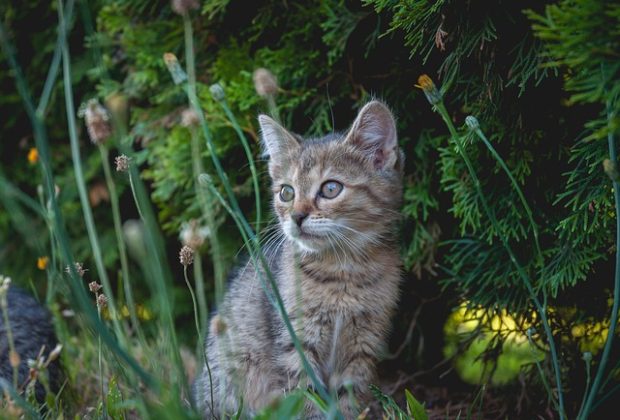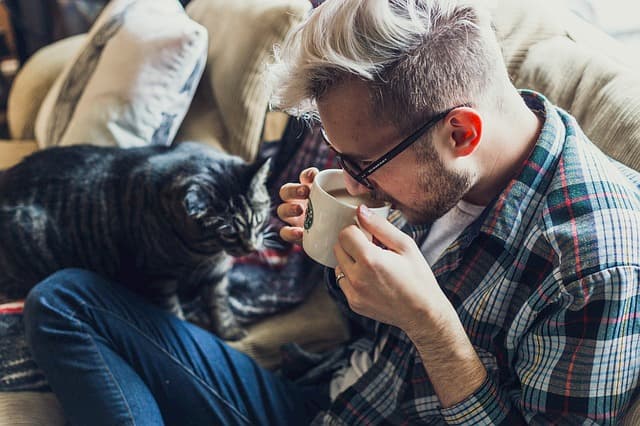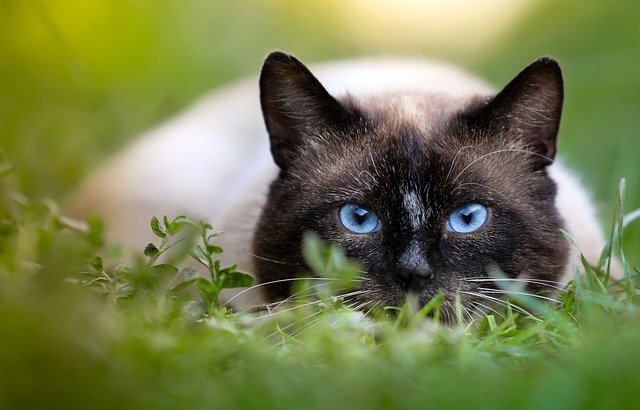Euthanizing a beloved pet is considered not just one of the most difficult decisions, but the most difficult decision that a pet owner will ever have to face. We all hope that we never have to make that choice, but if and when you have to make the decision to relieve your pet’s suffering, may it bring you, your family and your pet the peace that you desire.
Once you have the support you need to help release your pet from further suffering, there are few more peaceful ways to allow your pet to pass than to euthanize your pet at home. ‘Home’, surrounded by their favorite people, is where your pet feels most safe, comfortable and at peace. The option to help a pet transition at home is becoming more and more popular and increasingly being requested by pet owners who have heard about or personally experienced the difference. I frequently hear from pet owners who have experienced having their pet euthanized at home, that they would ‘never again have it any other way’.
Here is what you can expect when your pet is euthanized at home.
The Process
Once you, your family veterinarian and/or your family have made the oftentimes painful decision to relieve your pet of suffering at home, you will need to connect with a caring vet professional who can come to your home. If you know of a friend who has recently experienced an at-home euthanasia, you can ask for a referral or you can ask your regular veterinarian if they can recommend an in-home euthanasia veterinarian. A vet that offers this service is well prepared to support you on this journey and will take the time to guide you through the process and provide a pain-free and peaceful transition. Like a guest in your home, they will take 5-15 minutes to assess your pet and get to know them, share what the process will be and discuss any questions and concerns you may have. During this time, your veterinarian will customize a sedative that will best meet the needs of your pet’s personality, its disease condition and your wishes.
In as discrete a manner as possible, your veterinarian will administer the sedative which is a mixture of a pain reliever and relaxer. This can be administered in a variety of ways and will help ease your pet into a deep and comfortable sleep. It can take anywhere between 3-20 minutes for your pet to embrace the sedative depending on your pet’s level of hydration, body weight, degree of awareness and/or the presence of environmental stimulation. For example, if your pet is typically of a more nervous or anxious personality, it might be best to avoid having lots of friends or family around if this will increase their anxiety. It is during this time that your pet is experiencing gradual relief from pain and anxiety, that you are encouraged to continue to shower them with love and affection. Once they are sound asleep, your veterinarian will administer a second injection, an overdose of an anesthetic, that will make them fully unconscious before their breathing stops and finally their heart will stop. This process is painless and takes just a few moments.
What Your Pet Will Experience
One of the most common questions I hear from pet owners new to this process is whether their pet will feel any pain. Thankfully, this process will take away the pain and suffering that has oftentimes prompted the need to euthanize in the first place. The sedative that your pet receives contains a pain reliever designed to give your pet much needed relief and help them be comfortable for the first time in a while and gradually drift off into a dreamless deep sleep. Rarely, some pets will experience dreams before they drift into a deep sleep and may ‘see’ purple squirrels or butterflies, similar to what some people experience during the early sedation phase. This phase is not painful and can be a normal experience for some individuals. As the sedative gradually takes effect, your pet will gradually embrace a progressively less painful and more relaxed state and will ultimately become completely unaware of their surroundings.
It is in this unconscious state that all pain and suffering is gone and they’re in a deep dreamless sleep. Once they are asleep, your veterinarian will prepare for the final step, which is administration of the final medication causing your pet to pass peacefully. Rarely, about 3% of pets may exhibit physical signs of their passing which can occur whether a pet passes naturally or assisted. As your pet is unconscious, they are not aware of these signs but can include involuntary deep breaths, muscle twitching and stretching movements. It has been my experience that pets that experience these signs are already naturally nearing death.
What You Will Experience
Euthanizing a pet is a highly emotional experience for any owner and even before your pet passes away, you may feel intense grief, sadness, and even guilt. It is important to know that these feelings are normal and that it is okay to take time to grieve. May there be no blame or guilt for the decision you, and your support team, have had to make together to release your friend from suffering for remember, ‘grief only exists where love lived first (Francesca Cox).
After the Process
Once your pet has passed away, your veterinarian will step away and give you some time alone with your pet, should you desire that. You can also use this time to privately allow other family members and household pets an opportunity to say goodbye.
Afterwards, your veterinarian will handle aftercare and transport your pet's body to the crematorium, if you have elected this option. They can arrange for cremation if desired.
It is important to take care of yourself after the process as well. Allow yourself time to grieve and seek support from family and friends if needed.
Conclusion
Euthanizing a dog or cat is, without dispute, a difficult decision no matter the circumstances that lead you to have to make this decision, but choosing to do so at home can provide a more peaceful experience for both you and your beloved companion. By understanding what to expect during the process, you can make an informed decision about whether home euthanasia is right for you and your pet.
About the Author
Dr. Karen Whala
Dr. Karen Whala is a veterinarian and founder of Peaceful Passing, a company that provides in-home euthanasia services for pets. She has advanced training in the art of in-home euthanasia and is certified in Fear Free and AAHA Accredited End-of-Life Certification. Dr. Karen co-founded CodaPet to expand nationally and annually attends the International Association for Animal Hospice and Palliative Care (IAAHPC) conference to advance end-of-life animal care. She has a Master's in Public Health and is Board Certified in Veterinary Preventive Medicine. Through her work with Peaceful Passing and CodaPet, Dr. Karen hopes to increase awareness of in-home euthanasia as an option for pet owners and provide professional fulfillment to fellow veterinarians.









